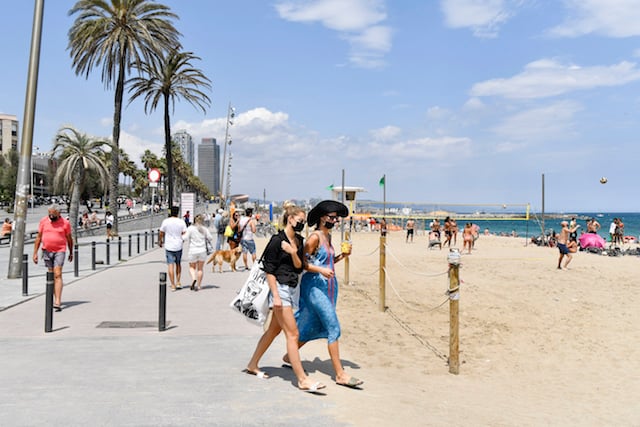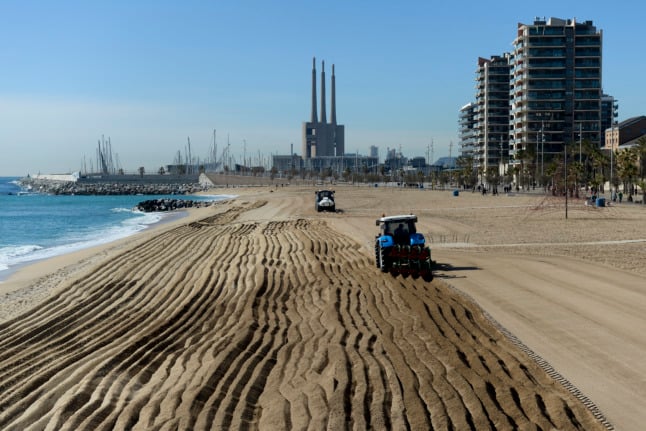A court spokesman said Puigdemont would be able to run, as would Toni Comin and Clara Ponsati, who were in the regional government during the independence bid and fled. They had also been excluded.
All three are wanted in Spain for their role in the attempt to secede in October 2017, which raises questions over whether they will be able to sit in the European Parliament if elected on May 26th.
The court decision comes a day after the Supreme Court ruled there had been no grounds to bar them.
It said contesting an election was “a fundamental right” recognised by the constitution and that fleeing the country was not a cause for ineligibility.
Puigdemont had slammed the ban in a tweet as a “legal scandal and a coup to democracy”.
READ MORE:
- Puigdemont banned from standing in EU election
- What the election results tell us about the Catalan independence movement
- Elected but behind bars: Jailed Catalan separatist leaders win seats
Puigdemont, Comin and Ponsati were all part of a push to hold an independence referendum in October 2017 in defiance of a court ban.
That sparked Spain's deepest political crisis in decades.
The referendum in the wealthy northeastern region was followed by a short-lived declaration of independence.
Then conservative prime minister Mariano Rajoy moved in, taking direct control of the region, sacking the Catalan executive and calling snap polls.
That prompted Puigdemont and others to flee Spain.
Those Catalan leaders who remained in Spain are now on trial in Madrid over their role in the secession bid.
Can they be MEPs?
Puigdemont was picked in March to represent his party, Together for Catalonia, in the EU polls as part of the “Free for Europe” grouping.
But Spain's conservative Popular Party and centre-right Ciudadanos appealed his candidacy and that of the two others, prompting the electoral board to exclude them.
At the time, Together for Catalonia had accused the board of wanting to “silence and push aside” Puigdemont “so that he can't explain what he represents at the heart of European institutions.”
Puigdemont, Ponsati and Comin appealed, leading to Monday's final court verdict.
But even if they are elected, it is unclear whether they can sit in the European Parliament.
Under Spanish rules, they would first have to swear they will abide by Spain's constitution, a necessary move for the national electoral board to confirm them as MEPs.
That would have to be done in person.
But all three are wanted in Spain on the charge of rebellion and misuse of public funds for their role in the secession bid, meaning they would be arrested on re-entry.
Puigdemont insists he will have immunity as soon as he is elected, which would mean he would avoid arrest.
The EU parliament, however, says that immunity only kicks in once the national electoral board confirms a candidate as MEP.
ANALYSIS: It's time for Pedro Sanchéz to be bold and take a risk on Catalonia





 Please whitelist us to continue reading.
Please whitelist us to continue reading.
Member comments